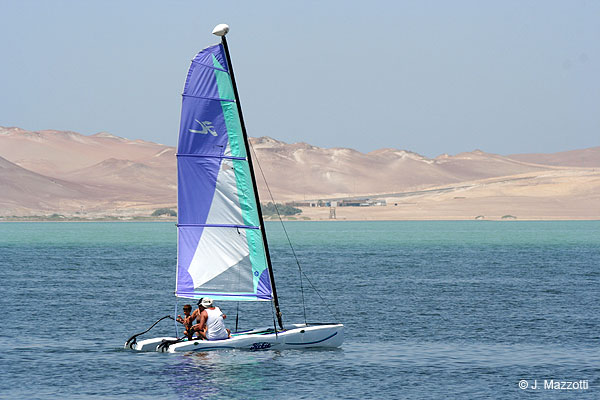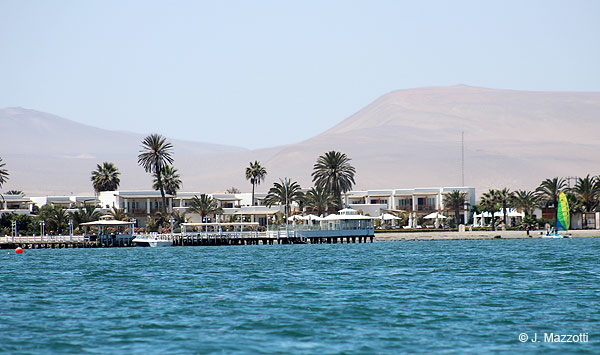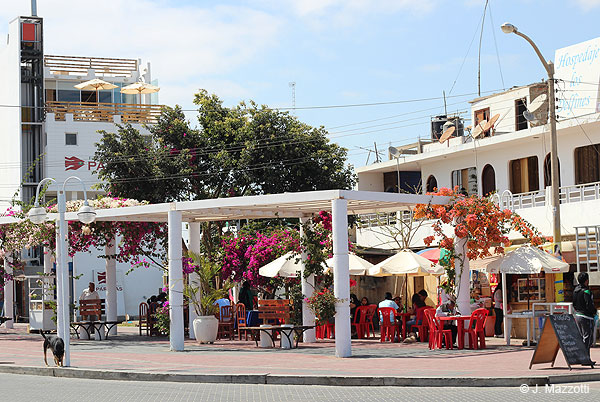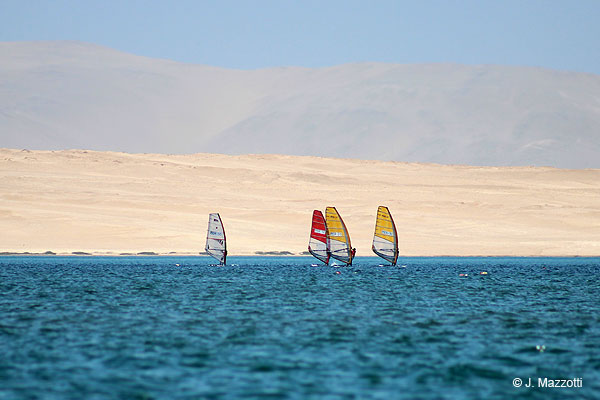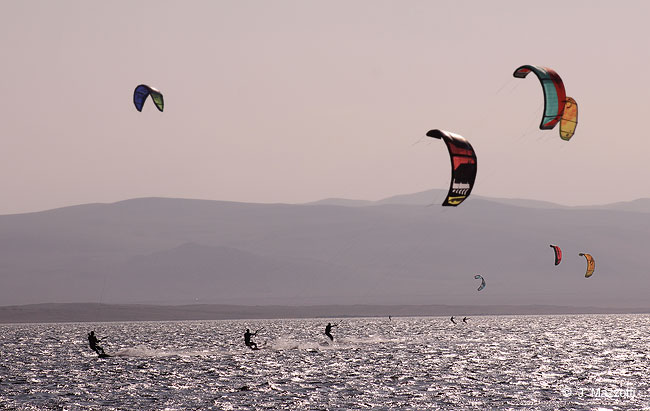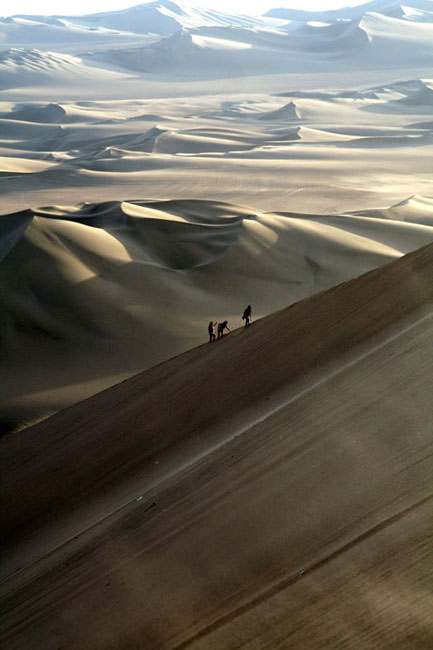Paracas Town
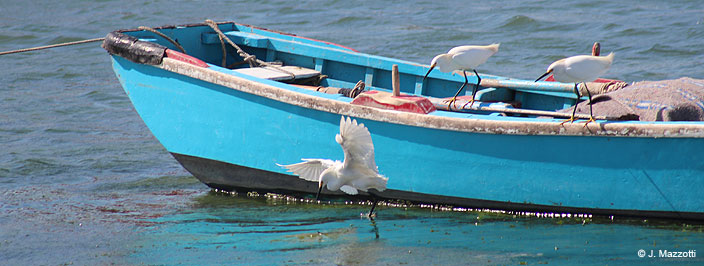
Paracas Town is located in the central coast of Peru, 16.4 feet / 5 m.a.s.l., on plain desert, facing Pacific Ocean in Paracas Bay and protected by Paracas Peninsula. (Map of Paracas Town)
Paracas is a small port town, a spa, catering to tourism, is the jumping point for tours to Ballestas Islands and to Paracas National Reserve.
Paracas' beach village of El Chaco is the area where concentrate the tourist activities and are located the restaurants, craft market, hotels and inns, Internet services, ATM, laundry, medical services, fishing village and tourist pier.
Buggies, ATV or bicycle for rental; departure point for desert adventures at huge dunes for sandboarding or wildlife watching. In El Chaco area and it boardwalk, there are restaurants with exquisite seafood and is a good place to enjoy a pisco sour.
Around the town are installed modern and luxurious hotel complexes on the sea front are where most of the luxury tourist services in the area are located, suites with a view of Paracas Bay's turquoise waters or of the hotel's gardens.
Near to Paracas new hotels and condos, several fish factories and modern processing plant for fractionation of liquids of natural gas and embarking marine point.
In many beaches around the bay area and the peninsula, ideal for water sports, desert adventures, hiking and bird-watching.
Additionally Paracas has historical remembrance for being the place where disembark the liberating force of General San Martin and from here began the end of the Spanish Viceroyalty.
Paracas has daily bus service, connecting the city with Lima, Nazca and Ica. Paracas is linking with Pisco (22 Km) where also are located the bus stations.
The new airport of Pisco has not regular flights, is used only for companies that overflight the Nazca Lines and Palpa Lines
Paracas Tourism and Travel Information
Julio C. Tello Site Museum
Located inside Paracas National Reserve, very near the Paracas village (5 Km), of small size, it possesses an interesting exhibition of the evolutionary process of the Paracas Culture, textiles, ceramics and reproductions of their daily life. After the reserve was established in 1975, the museum was built to house artifacts and interpret the archeology and culture of the Paracas, as well as the rich natural life of the marine reserve.
Near the museum is the Paracas Necropolis (100 B.C . -A.D. 300), comprising the archaeological sites of Cabezas Largas and Cerro Colorado.
*Editor note: The museum is under renovation and reconstruction and there is no display of archaeological pieces (June 2015)
Beaches and Desert
An area with beautiful beaches, perfect for fishing, underwater hunting, camping, sailing, windsurfing and kitesurfing. El Morro, El Negro, La Hierba, Lomitas, Oyeros, Antana, Barlovento and La Cueva are highlights. Lagunillas outstanding beaches, La Mina and Mendieta inside Paracas National Reserve.
The desert has to be crossed to see them, adventures at huge dunes for sandboarding or dune buggy safari, in the company of a guide and with an appropriate vehicle.
Without a doubt, Paracas is blessed with the most spectacular stretch of coast along the Peruvian shoreline. The unique landscape features a saltladen desert that runs down to a deep blue sea through horseshoe-shaped beaches, gigantic cliffs and rocky bluffs carved out by the wind and waves. The National Reserve, which stretches across 335.000 hectares, is one of the country’s best beach destinations, and ideal for activities such as diving, fishing, windsurfing, surfing and photography. Worth a visit are the Ballestas Islands, a 1-3 hour boat tour depending on the craft. The area is also home to huge flocks of guano birds and sea lion colonies, and is a refuge for migratory birds and rare species such as the Humboldt penguin and the marine wildcat.
Access and services: A paved road leads down to the reserve and its beaches from the town of Pisco at kilometer 234 of the South Pan-American Highway. Once past the guardpost, the road turns into a packed dirt track. In the nearby resort of Paracas and El Chaco beach, one can find hotels, restaurants and boats for hire. Apt for all vehicles.
Bird-watching in Paracas
Paracas is an excellent point for birding, large numbers of seabirds and migratory species, huge flocks, located in the Paracas National Reserve and Ballestas Islands.
More than 215 species of migratory birds spend at least part of their lives in Paracas, of which approximately 60 migrate between Peru and the United States. Several of Paracas’s avian residents and visitors have been declared endangered or vulnerable by the Peruvian govern.
Southern Route:
The bird-watching route through the Southern region has always been the best known. This circuit is also known as the “Megadiversity Route”. It crosses the rich coastal waters of Paracas and the mysterious Nazca Lines; the Andes through Pampa Galeras (where vicuñas are protected), or through Arequipa and the Colca Valley, or Cusco, the so-called “navel of the world”; the high Andean plateau of Puno and Lake Titicaca until it reaches the plains of Manu and Tambopata National Reserve. This route is noted for having the best infrastructure of the three routes and for being the cradle of the Inca Empire. The main birds that can be seen along this route are those that live in the Polylepis or queñual forests, those birds that visit the clay licks (known as "Collpas"); bamboo specialists and ant-eating birds; as well as other specialist categories. The most emblematic birds are the Inca Wren (Pheugopedius eisenmanni), and the Andean Cock-of-the-rock (Rupicola peruviana).





